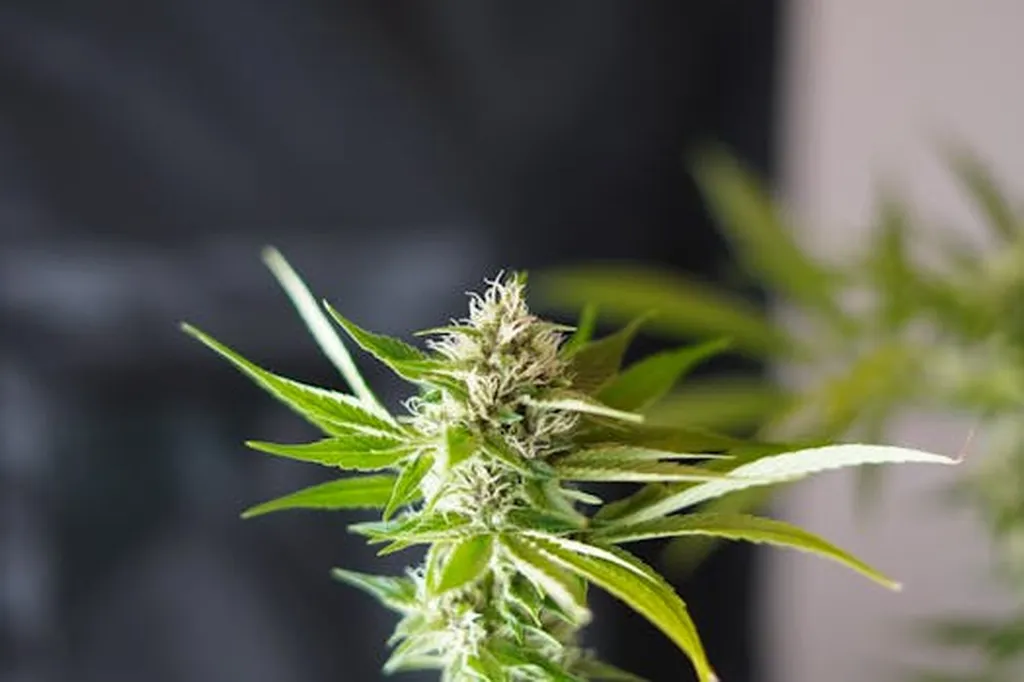In the heart of Riyadh, a groundbreaking study led by Muhammad Adil at The National Research and Development Center for Sustainable Agriculture (Estidamah) is paving the way for a sustainable future in medicinal plant research. The study, published in ‘Notulae Botanicae Horti Agrobotanici Cluj-Napoca’ (Notes of the Botanical Garden of the Agricultural University Cluj-Napoca), focuses on the impact of media type on callus morphology and the standardization of Withania somnifera cell culture for enhanced secondary metabolite production.
Withania somnifera, commonly known as Ashwagandha, is a medicinal plant with a rich history in traditional medicine. However, the successful cultivation of its cells relies heavily on media composition, cell growth patterns, and elicitation strategies. Adil and his team discovered that the Glitz (Gli) media, a modified Litvay media, supported friable callus induction and maximum growth, yielding 15 grams of biomass by the 56th day of culture. “This was a significant finding,” Adil explains, “as it provided a robust foundation for further experimentation.”
The team then introduced the friable callus to the liquid Gli media to establish a cell suspension culture. To boost secondary metabolite synthesis, they treated the established cell culture with elicitors: Methyl Jasmonate (MeJa) and Salicylic Acid (SA). The results were striking. The total phenolic acid content, measured using a gallic acid standard, reached a remarkable 35.36 mg per gram of dry cell weight in cells treated with 20 µM MeJa, a three-fold increase compared to the control. Similarly, the flavonoid content, based on a quercetin standard, peaked at 3.2 mg per gram of dry cell weight in cells treated with 100 µM SA, a 3.5-fold increase.
The implications of this research are profound. “Modification in the nutrient media composition significantly improves the growth and secondary metabolism of W. somnifera cells,” Adil notes. This study not only enhances our understanding of cellular agriculture but also opens doors for sustainable practices in the medicinal plant industry.
The commercial impacts are equally compelling. The energy sector, particularly the pharmaceutical and nutraceutical industries, stands to benefit from more efficient and sustainable production methods for valuable bioactive compounds. As the world shifts towards sustainable and renewable resources, this research provides a blueprint for the future of medicinal plant cultivation.
Adil’s work is a testament to the power of innovation and the potential of cellular agriculture. As we stand on the brink of a new era in sustainable practices, this study serves as a beacon, guiding us towards a future where technology and nature converge for the betterment of all.

